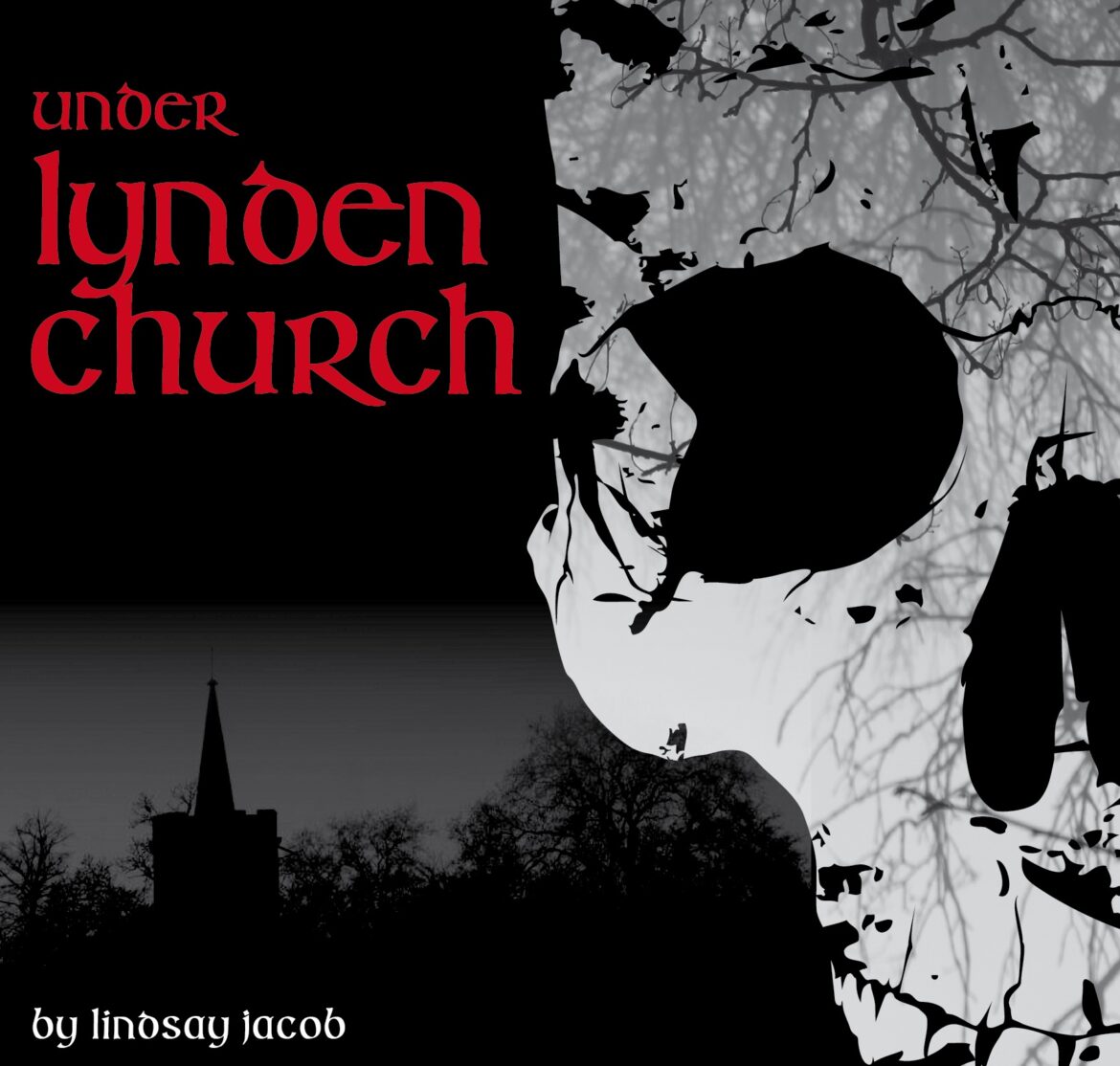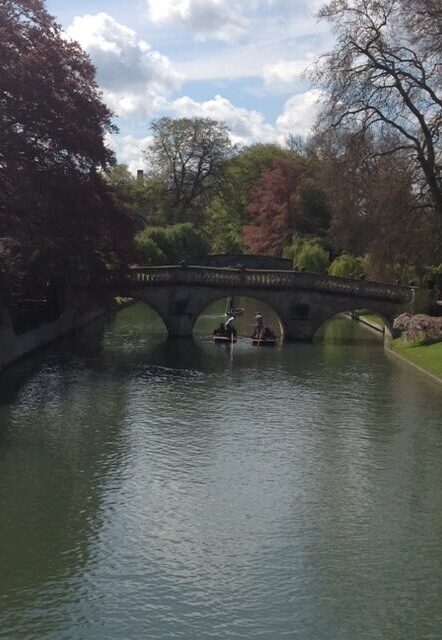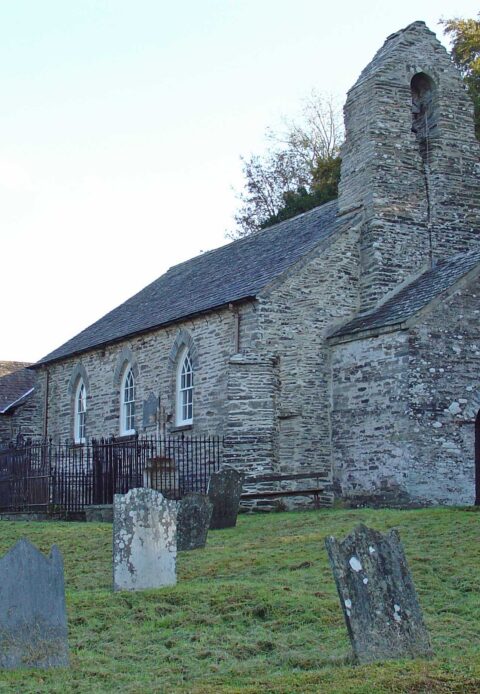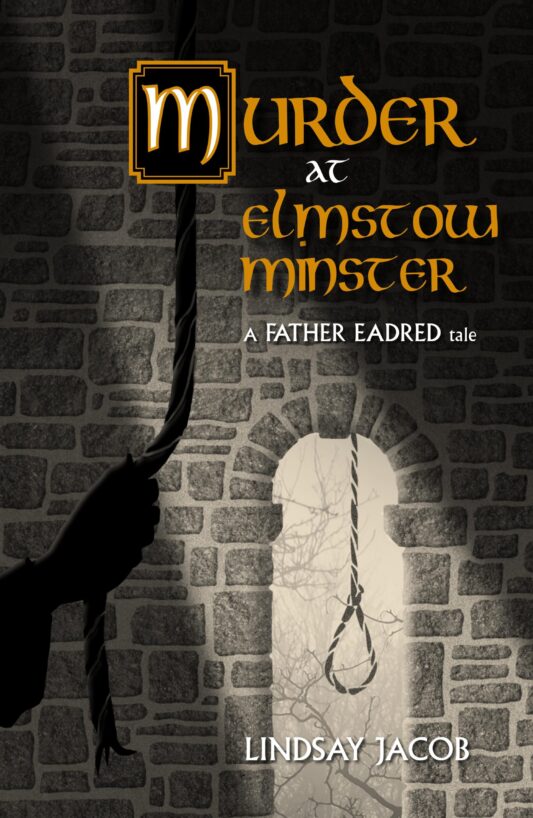
DANCE
STUDIO

Lindsay Jacob, Speech Writer, Author, Historian
author
Lindsay

Jacob
Welcome to Under Lynden Church. I have always been fascinated that the remnants of distant past lives can be discovered beneath our feet – human remains and the objects they used. I have a particular affinity with the Anglo Saxon period, once called the ‘Dark Ages’ compared to the preceding Roman period, but now increasingly recognised as the formative period when England was born.
Anglo-Saxon History
Sometimes we must search for these remains; sometimes the earth gives them up as a serendipitous gift. Their former owners prodding our toes as we walk over them; catching our attention; smiling as we stoop to pick up their long-lost belonging or saddened that we will come across evidence of their death. More often than not the dead toy with us, giving us a glimpse of a past story – a few lines, an excerpt, a confusing image of words half-blurred. We peer, trying to interpret them, as we would a road sign through a rain-spattered windscreen. We gather other evidence from history, written records, buildings, the landscape and increasingly use science to unlock hidden secrets. We try to make sense of what we have found. Yet, there is no GPS to the past. That’s most of the fun, where the detective work and the storytelling play their part.
There are a few places where more of the past is preserved. I especially love old English country churches where there is surviving Anglo-Saxon architecture and imagery. To close the creaking door and stand alone, smelling the damp scent of the past on cold, winter days. Ghosts, I am certain, must smell like this. To be sure, old churches have had their share of dramatic changes; through the Reformation, Civil War and Victorian restoration, but beneath their tiled floors what might the past have kept safe? Who is knocking at our soles? Hence the idea of the book and the title.


Anglo-Saxon Hound

Anglo-Saxon Cross

Anglo-Saxon Bridge

Anglo-Saxon Church
Fens and East Anglia
I have a close connection to the village I came from and to the surrounding region of the Fens and East Anglia, even though I now live on the other side of the world. This region is the setting of the story and I am fortunate to return each year.
When I was young, I sometimes felt that the whole history of my village had somehow occurred during my lifetime – that I had personal memories from every century. Unfortunately, as I grew older and came to understand mortality and chronology, I lost that sense of mystery. However, I replaced it with a deep desire to understand more of the past, including my family’s past, and past beliefs and myths. A branch of my family has lived in this same village since at least the early 1500s – although I only found out in the past few years. The earliest record I have found is a mention of my ancestor in a manor court roll from the reign of Henry VIII – and I continue to search for evidence of more distant links.

Anglo-Saxon Sutton Hoo helmet

Icy Fens
The Landscape of my Youth
As I walk through the landscape of my youth, reflecting on the signs left by past generations, I can feel the value of the belief of Indigenous Australians that the land is sacred and it owns us, rather than us owning it. I hope that I have imbued Under Lynden Church with the same intoxicating sense of walking in a sacred landscape. Where the struggles, toil, beliefs, sadness and joys of past lives have left their mark for us to find, try to understand and to bring to life.
I have researched the subject matter of my book as carefully as possible. It is thoroughly grounded in what we know of the period when the Vikings invaded the Kingdom of the East Angles. At times, it may appear to drift into fantasy but this reflects the beliefs of the time. For example, Edmund, the last Anglo-Saxon king of the East Angles, came from the Wuffinga royal dynasty – ‘Kin of the Wolf’. There are folk tales of miraculous connections between Edmund and wolves. So, I have constructed other similar stories to try to walk closer to the minds and hearts of at least some Anglo Saxons.
PRICING
My Latest Novel & Father Eadred
A murder mystery should be read by everyone. It can be difficult to imagine how the lives of characters in a novel could be so much alike and yet so different.
The Anglo-Saxons were a deeply religious people. If I lived some time in the seventh to ninth centuries and beyond, I would expect to have many encounters with spiritual beings and otherworld creatures, benevolent and malevolent.
All of the various people, ancestors, ghosts, goblins, wizards, sprites, fairies, animal spirits, the spirits of trees, forests and rivers, werewolves, werejinn, and various other monsters, and spirits of the wild are a big part of my world.
They were joined by the Holy Trinity, angels, saints and demons – and for many generations, people could believe in all of these spiritual beings without any risk of being excommunicated, or having to answer hard questions about the nature of their soul.
An Anglo-Saxon Murder Mystery
Modern Dance Instructor
'A rollicking and truculent fictional journey to the edges of early medieval England when Christian righteousness was still struggling to extinguish the last embers of paganism, Murder at Elmstow is a darkly violent and action-packed whodunit’ - NetGalley Review Five Stars
What I’d like to do in this site is to introduce Father Eadred and his times in East Anglia – a mix of fact and fiction. Eadred is the lead character in my new historical murder mystery novel, Murder at Elmstow Minster.

Father Eadred
Street Flash Mob Instructors
You will undoubtedly have dreams. Whether you dream of having the perfect house with the perfect car, or you dream of settling down. Integre percipit evertitur at usu, no nisl ullum duo. Quaestio mandamus ut cum.

Anglo Saxons
Street Dance Instructor
The term Anglo-Saxon was first used historically to refer to the Germanic tribes who, from the 5th century CE to the time of the Norman Conquest (1066. lived and ruled lands that are today part of England and Wales.
According to St. Bede, the Angles, Saxons and Jutes were the descendants of three different Germanic peoples: the Angles, Saxons, and Jutes.
According to Bede’s account, those peoples originally migrated from Northern Germany to the island of Britain in the 5th century. They were invited by Vortigern to help him defend his kingdom against marauding invaders, the Picts and Scotti.
The first Europeans to migrate to what is now Germany were from Frisia and before the Roman withdrawal from Britain about 410 CE.
Their subsequent settlements in what is now England laid the foundation for the later kingdoms of Essex, Sussex, and Wessex (Saxons); East Anglia, Middle Anglia, Mercia, and Northumbria (Angles); and Kent (Jutes).
The British are considered to be part of a broader group of Anglo-Saxons. They came from the continent, but were also an admixture of other pre-existing Celtic people and later Viking and Danish people.


Have a question?

